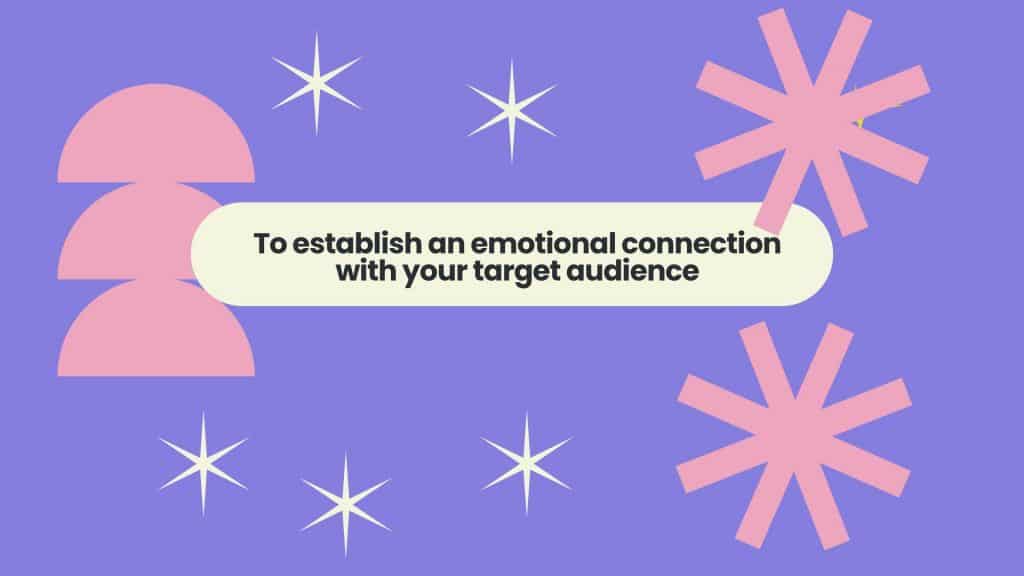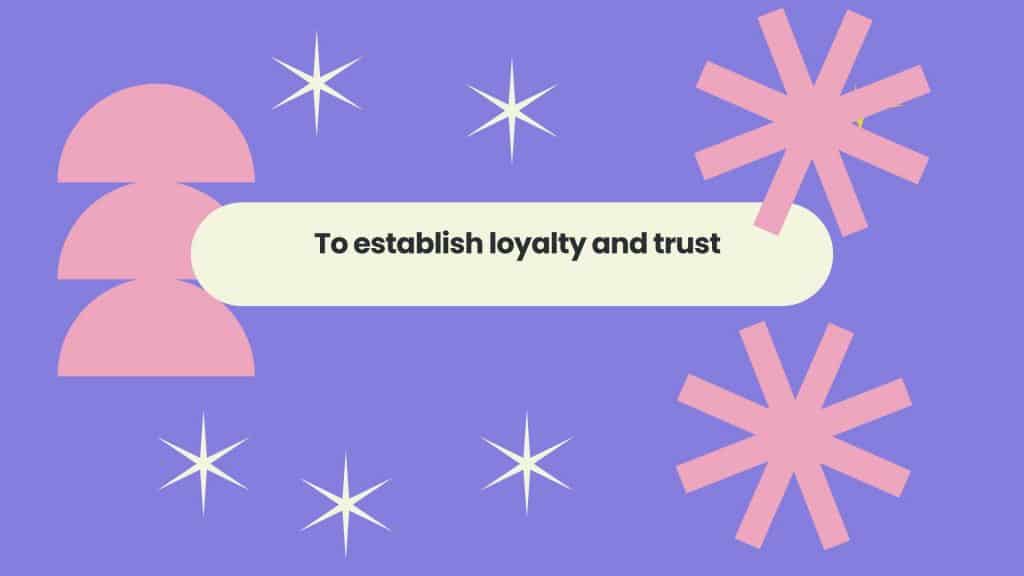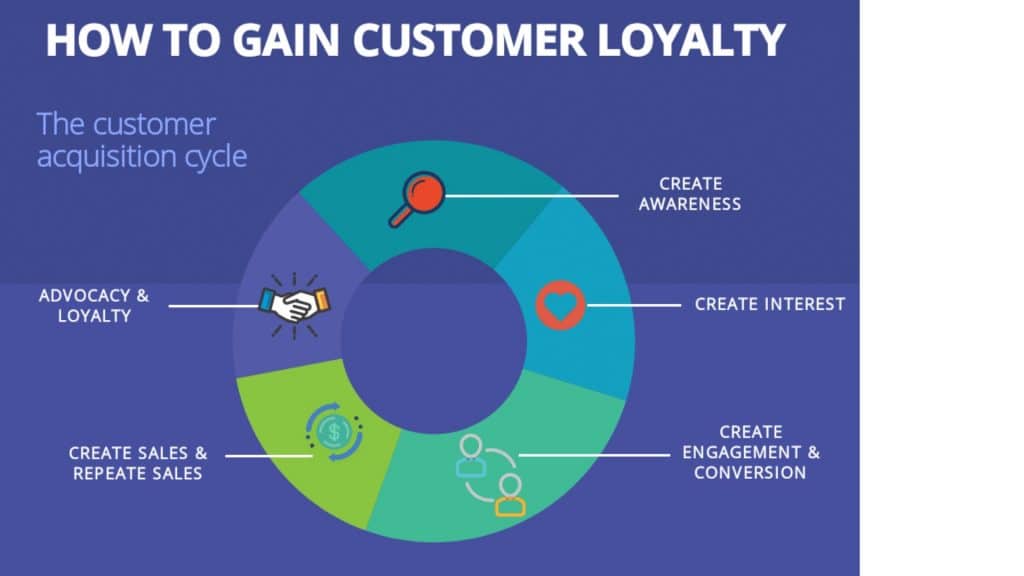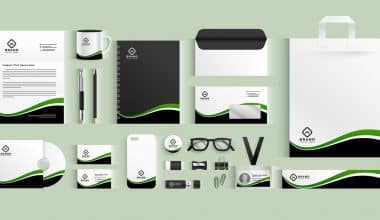“If you can create a product or service that resonates with 1% of the world’s population, you are on your way to building generational wealth.” These were the words of Ajah Excel, the founder of Diskox at an event I attended just a few days ago. Paraphrasing that, if your brand resonates with your audience, you are on your way to creating products and/or services that are generational. Let’s talk about brand resonance and how you can get there with your business with experimental engagement.
Key Points:
- Brand resonance can be referred to as the emotional and psychological connection that customers share with a particular brand. It is the extent to which a brand is deeply ingrained in a consumer’s identity, hearts, beliefs, and values
- If your brand resonates with your audience, you are on your way to creating products and services that are generational
- Some of the key examples of brands effectively leveraging trust and loyalty to establish themselves as the leading e-commerce platforms are Ebay, Jumia, Shopify, Amazon, and Jiji.
- Knowing how to attract loyal customers is important. Gaining Customer loyalty can be quick and easy if you become deliberate about it.
- In elevating your brand resonance, being genuine and transparent in your communications and actions is very important
What Is Brand Resonance?
What I couldn’t understand then, when I watched the Empire movie, was how every one of Jamal and Hakkem’s songs kept topping the chart whenever they dropped it. Not just them, but every one of Empire’s artists. Even when rehearsing, people come out in their numbers to watch, not to mention when they go on tours. Later on, I mean after many years, I came to understand the reason behind the wide acceptance of Empire’s artists and songs (products)—it was the brand, it was Empire.

You see, Empire as a brand resonates well with its audience, and that’s why. Hey, I’m not about to start talking about the whole movie, you can go and watch the full seasons on o2tvseries.com, if you haven’t, of course.
Alright, how about the Apple brand? Empire may not have resonated well with you for obvious reasons, but I’m sure the Apple brand does. As a matter of fact, I have no doubt that you’re among the billions of audiences who resonate well with the Apple brand and its products.
Brand resonance? It can be referred to as the emotional and psychological connection that customers share with a particular brand. In other words, it is the extent to which a brand is deeply ingrained in a consumer’s identity, hearts, beliefs, and values.
What Is The Purpose of Brand Resonance?
Picture yourself walking down from a stage after delivering a heartfelt speech and having the large crowd cheering, applauding, tearing up, or whatever the audience does after hearing a mighty speech like that. You were the brand at that moment and your speech resonated quite well with your audience, thereby accomplishing a purpose.
That being said, the purposes of brand resonance are as follows:
#1. To establish an emotional connection

Talking about emotions, brand resonance tends to share and align the identity, values, and beliefs of the brand with its target audience. Like your fantastic speech, that got the audience cheering and tearing up, brand resonance makes consumers feel like they share common values with the brand. This encourages a sense of compliance and belonging, which in turn builds brand trust promotes brand advocacy, and helps boost brand equity by favorably affecting consumer behavior.
Read also: WHAT IS CONSUMER BEHAVIOR? Types, Characteristics & Theory
There are a plethora of brands out there with the best brand resonance examples. These brands have established an emotional connection with millions of consumers out there, which you’re among, of course.
Speaking of which, why don’t you tell me what brand has got you in this spot, Mine is Netflix through the binge-watching approach that’s got me streaming at my own pace.
#2. Loyalty and trust

You see, I happen to know a thing or two about loyalty to brands because I have stayed loyal to Apple for 8 years now. The main purpose of brand resonance is to establish loyalty, trust, credibility, and reputation, which positively influences the consumer’s purchase behavior and compels them to buy from you, even when yours is more expensive.
This happens because brand resonance causes a sense of familiarity among customers, resulting in the brand becoming a trusted partner rather than merely a product or service provider. It also increases brand loyalty since customers like me are more likely to choose the brand over competitors, even if it is not the cheapest option.
Customers rarely would walk up to you to make a deal because they like your face. Knowing how to attract loyal customers is important. Gaining Customer loyalty can be quick and easy if you become deliberate about it.

Read the full article on How to gain customer loyalty. [8 easy ways + case study]
Some of the key examples of brands effectively leveraging trust and loyalty to establish themselves as the leading e-commerce platforms are Ebay, Jumia, Shopify, Amazon, and Jiji, where customers get to see reviews, photographs, dimensions, etc., to get a fair idea of what the product looks like before buying.
Elevating Brand Resonance Through Experiential Engagement.
The following steps will guide you through the journey of getting your brand to resonate with your target audience
#1. Define Your Brand Identity
The first step to elevating your brand resonance is to define your brand identity. Ensure that your brand identity, including your values, personality, and visual elements, remains consistent across all touchpoints. Consistency builds trust, familiarity, and authenticity, which are essential for resonance.
Nike’s brand identity, among many other brands, is the most recognizable and influential in the world of sports and lifestyle apparel. They established this through the introduction of the Swoosh Logo, the “Just Do It” slogan, endorsements, and partnerships.

Nike’s brand identity is rooted in values such as determination, equality, and sustainability. Through initiatives like the Nike Foundation and partnerships with organizations promoting social justice and environmental sustainability, Nike communicates its commitment to making a positive impact beyond just selling products.
#2. Get to Know & Understand Your Audience
Getting to know and understand your audience will require you to conduct thorough research on your audience’s preferences, behaviors, and interests. The outcome of your research will help you conform your experimental engagements to resonate with them effectively.

The popular music streaming service, Spotify for example, invests heavily in understanding its audience to modify its platform and services to their preferences. Spotify’s commitment to understanding its audience through personalized recommendations, data analytics, user feedback, localized content, and social media engagement allows it to continuously improve its service and provide a tailored music experience that resonates with millions of users worldwide.
Read Social Media Engagement: 7 Interactive Post Ideas That Helped Us.
#3. Be Authentic, Stay Authentic
In elevating your brand resonance, being genuine and transparent in your communications and actions is very important. Authenticity resonates with audiences because it promotes trust and credibility. Share real stories, showcase your values, and admit mistakes when necessary. Speaking of admitting mistakes, Lamphills.com helps you maintain your brand reputation.
Patagonia’s authenticity in its communications, actions, and values has earned the trust and loyalty of its customers, who admire the company for its high-quality products, genuine commitment to environmental and social responsibility, strong brand reputation, and loyal customer base.
#4. Utilize Technology
This is just about the most important step when it comes to getting your brand to resonate with your audience. Leveraging technology is essential for businesses to elevate brand awareness in today’s digital landscape.
Here are several ways you can utilize technology to achieve this:
- Social Media Marketing
Establish a strong presence on social media platforms like Facebook, Instagram, Twitter, LinkedIn, and TikTok. Use these platforms to share engaging content, interact with your audience, and build relationships with potential customers.
Utilize paid advertising options and analytics tools to target specific demographics and measure the effectiveness of your campaigns.
Read also: PESO MODEL: Maximizing Your PR Strategy & Effectively Implementing The PESO Model
- Content Marketing
Create high-quality and valuable content such as blog posts, videos, infographics, and podcasts that resonate with your target audience. Optimize your content for search engines (SEO) to improve visibility and drive organic traffic to your website.
Share your content across various channels and utilize email marketing to reach and engage with your audience directly.
- Influencer Marketing
Collaborate with influencers and industry experts in your niche to reach a wider audience and gain credibility. Identify relevant influencers who align with your brand values and target demographics, and leverage their influence to promote your products or services to their followers.
Read 10 Most Resounding Influencer Marketing Fails in History (Lessons to Learn)
Invest in online advertising channels such as Google Ads, social media ads, display ads, and native advertising to increase brand visibility and reach new audiences. Set specific goals and target demographics, use compelling ad creative and messaging, and track key performance metrics to optimize your ad campaigns for maximum ROI.
- Website Optimization
Last but not least, ensure that your website is user-friendly, mobile-responsive, and optimized for speed and performance. Create compelling landing pages, clear calls-to-action (CTAs), and intuitive navigation to provide visitors with a seamless browsing experience and encourage them to take action.
How Do You Measure Brand Resonance?
The following factors will help you determine the level to which your brand has gained resonance with your audience :
#1. You Start Getting Noticed
When your brand starts resonating with your audience, you’ll get noticed not just by your audience but by other brands that will differentiate you from other businesses doing the same thing. You’ll know it’s resonating when people comment directly on your branding, marketing, and advertising.
Most of the comments will be positive and make you feel great about your progress, while others may be negative. These negatives, most of the time, come from other similar businesses, and if you ask me, I think it’s a good thing because they’re threatened by your authenticity and communication actions. It simply means that you’re getting noticed and hitting a nerve while you’re at it.
#2. People Start Mentioning Your Tagline
Another factor that determines your brand resonance is that people will begin to recognize you by mentioning your brand identifier or tagline. If you can get the brand through the following tagline, then you must never stop until people can guess your brand with your tagline.
- “Life’s Good”
- “Just Do It”
- “Do What You Can’t”
- “Connecting People”
- “Think Different”
- “Impossible Is Nothing”
I could go on and on, but I’d like to ask you to make your brand Logo and tagline as captivating and inspiring as the above brands. Since those two are the first to reach your audience, you may want to be intentional about them
#3. You Start Getting Calls
When you become known for your specialty, you will start getting calls, emails, and messages asking for your advice on your chosen niche. In other words, you’ll become a consultant, which is another source of income. You can gather all the FAQs and answer them on your YouTube channel. This is a way to gain engagement on your social media platform. To create a YouTube channel, read:
How to Create a YouTube Channel.
The ultimate purpose of a great brand is to be seen as an authority in a particular niche. This means people aren’t going to be calling you about any random coaching or consulting topics; they will be calling to ask for your guidance on specific areas in which you specialize.
That’s a clear indicator that your brand has gained resonance. Imagine your customers confidently telling others, “Yes, I know someone who specializes in that!” That’s brand resonance
#4. Increased Customer Base
Another indicator that your brand has gained resonance is an increase in the percentage of your customer base. I mean, what is the point of brand resonance if it doesn’t positively influence your customer base, right? If your brand is performed with passion and presented consistently, there’s no stopping you.
I summarized these factors in the checklist below:
What Are The Categories Of Brand Resonance?
The categories of brand resonance
- Brand loyalty,
- Attachment,
- Community, and
- Brand engagement
What Is Another Word For Brand Resonance?
Another name for Brand resonance is Brand awareness. It is often used interchangeably with brand resonance, but they are not the same. While Brand resonance is the measure of the emotional connection that customers have with your brand, brand awareness is just how much people know about your brand.
Bottom Line: Why Brand Resonance?
As you must have understood from this piece, brand resonance aligns the values, beliefs, and emotions of the brand with those of its target audience. It is critical to the success of your business because it determines how much effort your customers are willing to put into making a connection with you. When your brand resonates with your ideal customers, they like and trust you.
When your brand resonates with your ideal customers, they understand who you are and how they feel about you. These feelings will motivate them further to do business with you and become loyal customers with whom you will have long-lasting relationships.
Recommended Articles
The Top 2024 Brand Mention Tools (All You Need)
28 Popular Clothing Brands For Teens In 2024
How to Write a Media Pitch with Practical Examples & Templates






